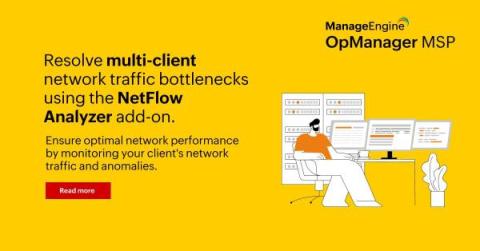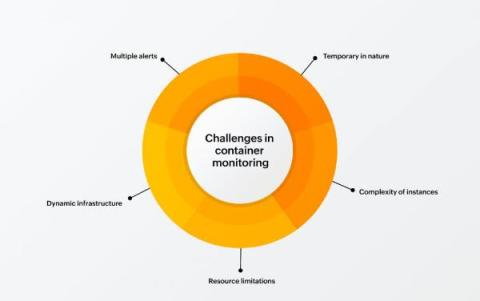Top tips: How algorithms are shaping our buying habits and what you can do about it
Top tips is a weekly column where we highlight what’s trending in the tech world today and list ways to explore these trends. This week, we’ll discuss two ways to avoid falling prey to algorithm-driven ads. When it comes to material possessions, we like what we see. These days, we see a lot and want it all. Gone are the days when TV or radio commercials influenced what you bought and where you bought it.











